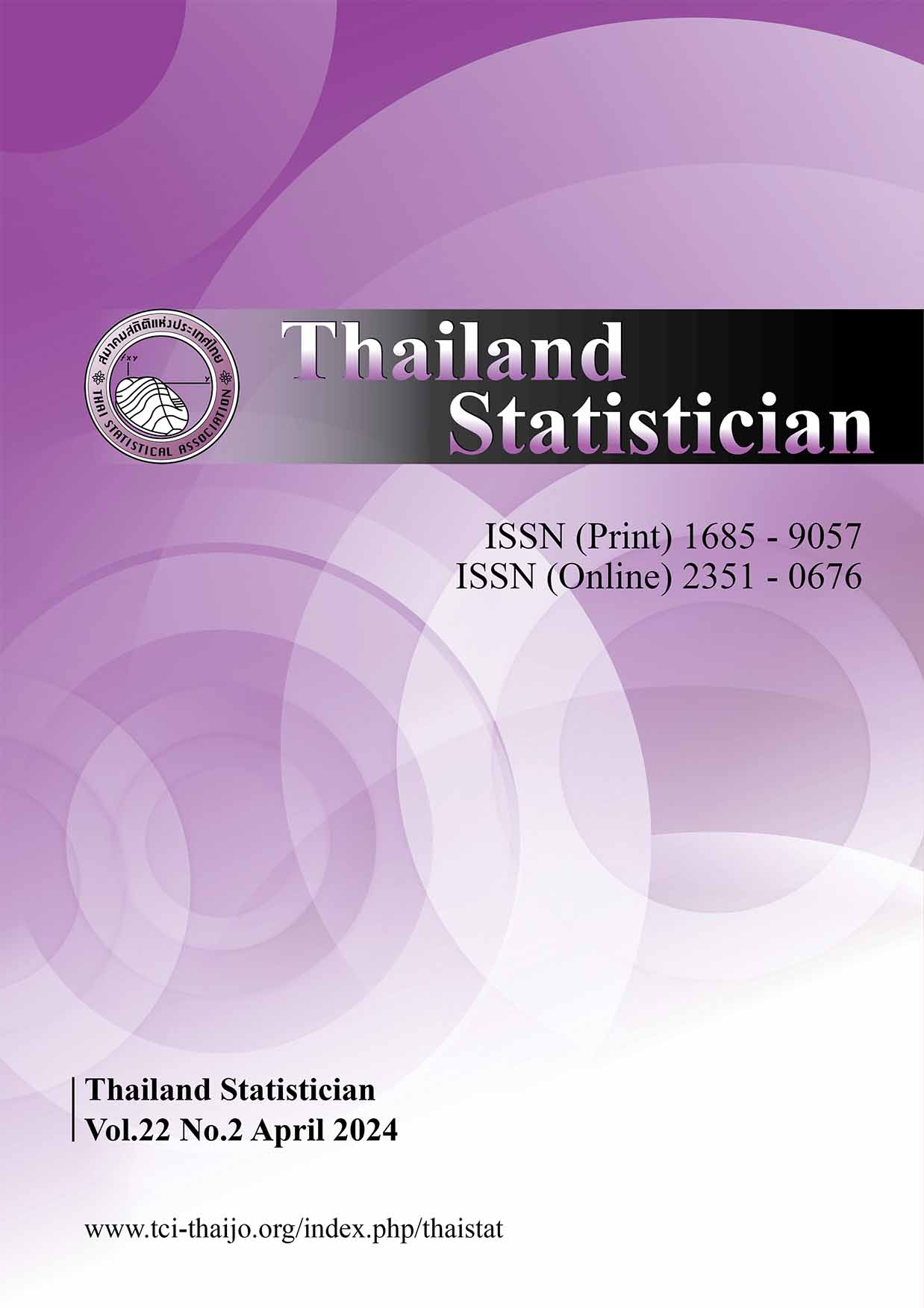Instant Exchange Analytics: A Compelling Mathematical Model for Real-Time Debt Instrument and Cash Conversion Rates
Keywords:
Zero-coupon bond pricing, maximum likelihood estimation, stochastic interest rate modelsAbstract
This research investigates a model for determining instantaneous debt instrument prices for converting debt securities into cash over time. The study employs three interest rate models: Vasicek, Cox-Ingersoll-Ross, and Hull-White, using historical daily treasury bill interest rates from January 2004 to October 2020. The findings suggest that the Hull-White model outperforms the Vasicek and Cox-Ingersoll-Ross models, simulating interest rates for determining debt-to-cash exchange rates. Additionally, a real-time continuous debt-to-cash conversion prototype is developed using zero-coupon government bonds with maturities of no more than 10 years, traded in the Thai secondary debt market as a case study.
References
Dagıstan C. Quantifying the interest rate risk of bonds by simulation MSc[dissertation]. Istanbul: Bogazici University; 2010.
Orlando G, Mininni RM, Bufalo M. On the calibration of short-term interest rates through a CIR model. arXiv: Computational Finance. 2018.
Bank of Thailand. Debt Securities Information [Internet]. Bangkok: Bank of Thailand; [cited 2024 Jan 6]. Available from: https://www.bot.or.th/th/our-services/bond-and-debt-securities-services/Debt-Securities-Information.html
Vasicek, Oldrich. 1977. An equilibrium characterization of the term structure. Journal of Financial Economics 5: 177-188.
Orlando G, Mininni RM, Bufalo M. A new approach to forecast market interest rates through the CIR model. Stud Econ Finance, 2020; 37(2): 267-292.
Kaewcharoenkij P, Panpocha S. Pricing callable bonds based on Monte Carlo simulation techniques. In: Proceedings of the 13th RSU National Graduate Research Conference on Engineering and Technology; 2018 Aug 16; Bangkok: Rangsit University Press; 2018. pp.2703-2713. (in Thai)
Brigo D, Fabio M. Interest Rate Models Theory and Practice. Berlin: Springer Science & Business Media, 2013.
Mongkolkiatchai S. Comparison of Vasicek and CIR models to explain the behavior of short-term interest rates in Thailand. J Bus Adm. 2006; 29(1): 33-44.
Downloads
Published
How to Cite
Issue
Section
License

This work is licensed under a Creative Commons Attribution-NonCommercial-NoDerivatives 4.0 International License.




